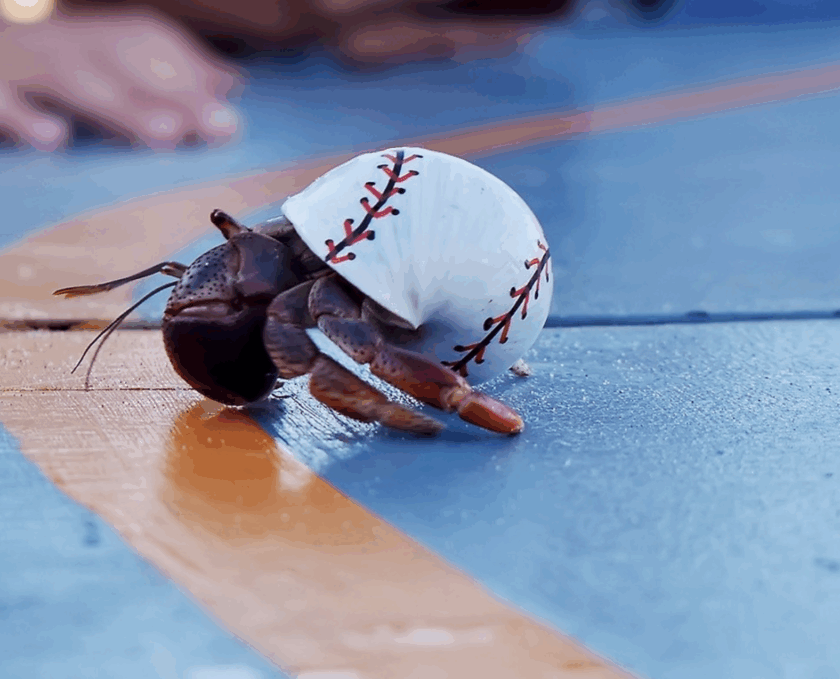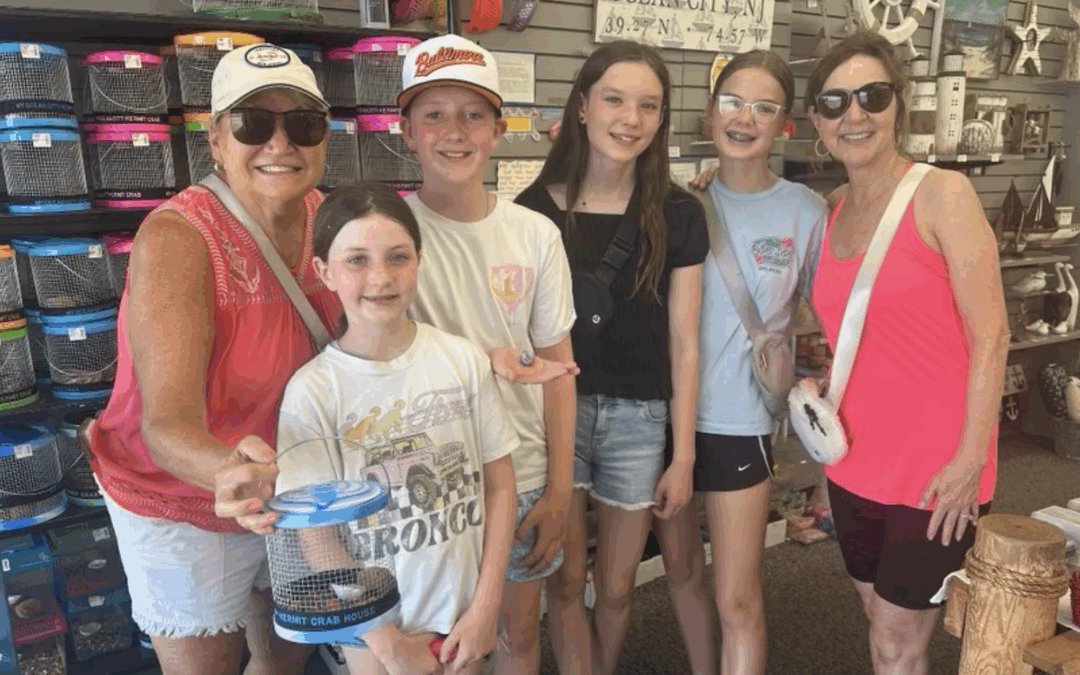How to properly care for these crustacean companions
While visiting the Jersey Shore, many beachgoers look to bring home a souvenir to remember the experience. Hermit crabs, commonly sold as pets along the boardwalk, are a popular option—but they require more care than many people realize.
Before purchasing one of these small creatures, it’s important to understand their needs and behaviors. Wild hermit crabs vary greatly in size, from a few millimeters to nearly two feet in length, and can live up to 30 years in their natural habitat. In captivity, however, they typically survive six months to a year, even under optimal conditions.
A defining trait of hermit crabs is their shell, which protects their soft bodies and helps retain moisture. Unlike other animals, hermit crabs do not grow their own shells—they borrow empty ones from snails and other creatures. As they grow, hermit crabs molt, shedding their exoskeleton and seeking a larger shell, often burying themselves in sand for one to two months during this vulnerable process.

To ensure a healthy environment at home, start with a 10-gallon tank with a secure screen lid and deep sand substrate. Hermit crabs are social animals and do best in groups, so consider keeping at least two. Provide climbing areas, hiding spaces, and a variety of natural shells for them to choose from.
Maintaining proper temperature and humidity is essential. Use fluorescent or dome lighting and a thermometer to keep conditions around 70 degrees with 75% relative humidity.
Hydration is critical. Hermit crabs need both fresh and saltwater sources—never use tap water, which can be toxic. Instead, use distilled water and marine salt mix available from pet or aquatic supply stores.
As for food, hermit crabs enjoy a diet of fresh fruits like apples and pears, baby food, and calcium-rich supplements. Avoid processed or artificial foods, as they can be harmful.
Painted shells, though colorful, can chip and pose a danger if ingested. Stick to natural shells to ensure a safe environment.
With the right setup and regular care, hermit crabs can make fascinating and long-living pets.















